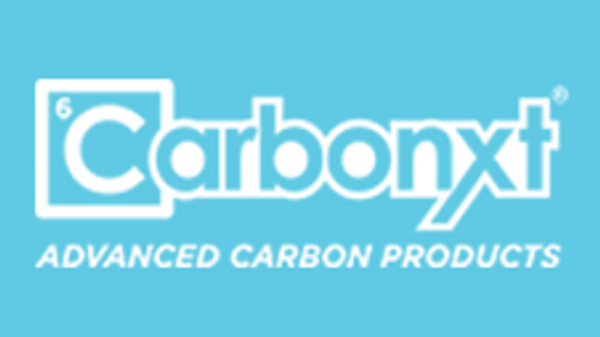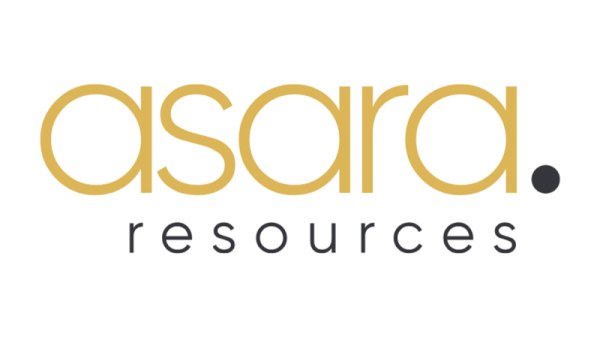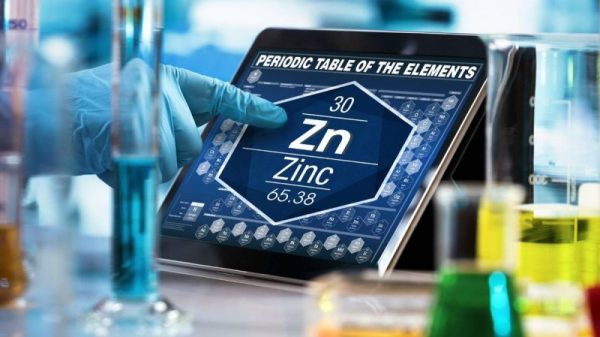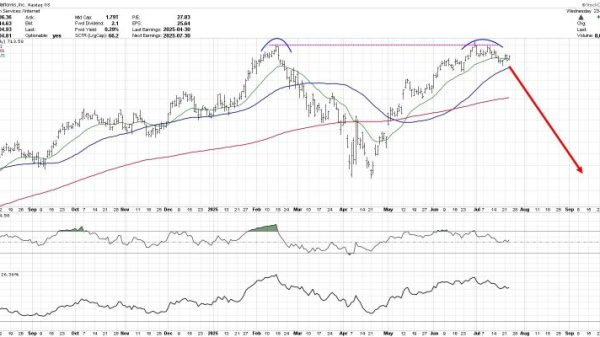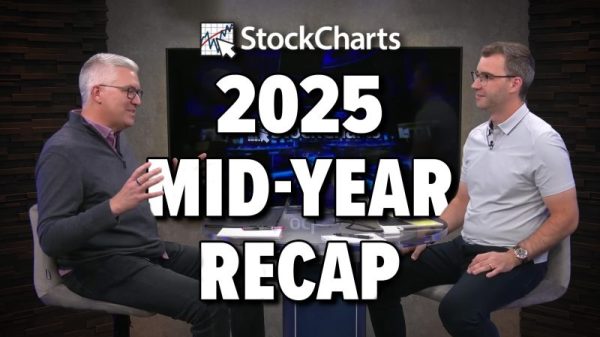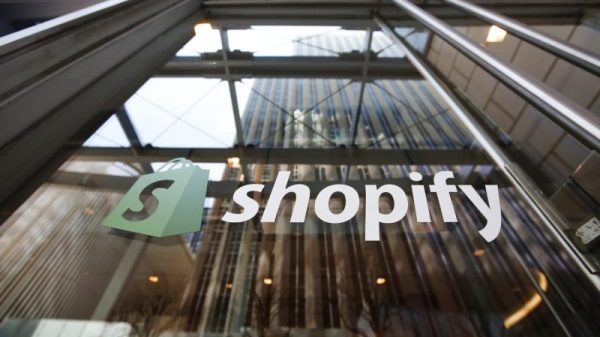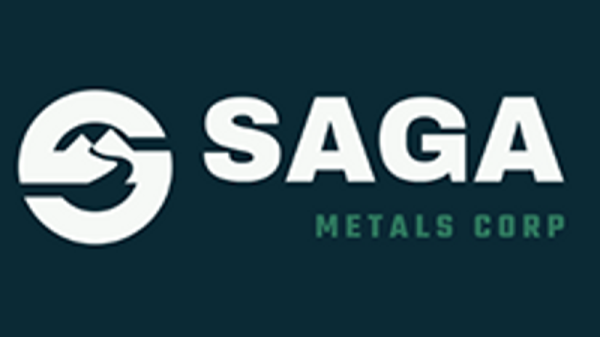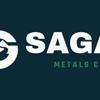The S&P/TSX Venture Composite Index (INDEXTSI:JX) fell last week, finishing the shorter four day period at 580.84.
On Friday (September 8), Statistics Canada reported that Canada’s economy added 39,900 jobs, about twice as many as expected. However, because 103,000 new people entered the country, the employment rate declined by 0.1 percentage points.
‘Canada now needs a steady flow of jobs just to match raging population growth,’ Bank of Montreal (TSX:BMO,NYSE:BMO) economist Doug Porter told CBC when the statistics were announced. ‘Thus, it’s not inconsistent to see a sturdy monthly gain of 40,000 jobs and still conclude that the market is slightly easing.’
Against that backdrop, a variety of TSXV-listed resource stocks made moves over the last five days. Read on to find out which companies rose the most during the period and what was affecting their share prices.
1. Standard Uranium (TSXV:STND)
Weekly gain: 50 percent; market cap: C$10.02 million; current share price: C$0.06
Standard Uranium is an explorer and project generator operating in the prolific Athabasca Basin in Saskatchewan, Canada. The company began transitioning to a project generator model in June and is seeking strategic partnerships to advance its portfolio of seven uranium projects in the region, including its flagship Davidson River project.
Standard Uranium hasn’t released news in September, but its share price has been trending upward since it released a corporate update on August 18 that mentioned the appointment of a new president and a breakdown of its portfolio. Last week, the company’s share price hit a weekly high of C$0.065 during trading on Thursday (September 7).
2. Surge Battery Metals (TSXV:NILI)
Weekly gain: 32.1 percent; market cap: C$96.61 million; current share price: C$1.07
Surge Battery Metals is true to its name, with the Nevada North and Teels Marsh lithium projects in Nevada and the Surge nickel project in BC, Canada. It is currently drilling at Nevada North, and it released an update on Phase 2 of the program on August 29.
Surge did not release news last week, but the company’s share price climbed throughout the week to reach a peak of C$1.09 in the early hours of trading last Friday.
3. Desert Mountain Energy (TSXV:DME)
Weekly gain: 30 percent; market cap: C$48.74 million; current share price: C$0.52
Desert Mountain Energy is a vertically integrated explorer, developer and producer of helium, hydrogen and noble gases. The company previously constructed its McCauley helium processing facility at its McCauley helium field in Arizona, but recently moved the facility to its West Pecos Slope Abo gas field in New Mexico, which it acquired in June.
Last Tuesday (September 5), Desert Mountain updated shareholders on the progress of the facility’s reassembly in New Mexico. According to the company, it is also upgrading the facility with an additional dehydration unit that will result in the “removal of helium, inert gases, and heavy C-molecules … lead(ing) to a higher net price for the methane gas produced by the company.” The company’s share price climbed over the following days to peak at C$0.57 last Thursday afternoon.
4. Lavras Gold (TSXV:LGC)
Weekly gain: 29.17 percent; market cap: C$67.82 million; current share price: C$1.55
Lavras Gold is focused on its Lavras do Sul gold project in Southern Brazil. Lavras do Sul covers over 22,000 hectares and includes seven advanced mineral deposits and exploration discoveries.
Last week marked Lavras’ third week in a row on the top gainers list after it came in second during the week of August 21 and first during the week of August 28. The company’s most recent news was the August 29 announcement of a significant discovery at Lavras do Sul that the company’s president and CEO called a “potential game changer.” Lavras’ share price momentum continued last week, and on Wednesday (September 6) it hit a peak of C$1.68.
5. International Lithium (TSXV:ILC)
Weekly gain: 25 percent; market cap: C$11.19 million; current share price: C$0.05
International Lithium is focused on exploring its Raleigh Lake lithium-rubidium project in Ontario, Canada. The company holds a portfolio of other lithium properties in the province as well. It is also focused on Zimbabwe, which it has “identified … as a strategic country in its global lithium strategy,’ but it does not yet have a property in the country.
The company’s most recent news came in mid-August, when it shared drill results from Raleigh Lake. Although it didn’t release news last week, its share price moved up to a weekly high of C$0.05 last Tuesday, which it touched again Friday.
FAQs for TSXV stocks
What is the difference between the TSX and TSXV?
The TSX, or Toronto Stock Exchange, is used by senior companies with larger market caps, while the TSXV, or TSX Venture Exchange, is used by smaller-cap companies. Companies listed on the TSXV can graduate to the senior exchange.
How many companies are listed on the TSXV?
As of April 2023, there were 1,713 companies listed on the TSXV, 953 of which were mining companies. Comparatively, the TSX was home to 1,789 companies, with 190 of those being mining companies.
Together the TSX and TSXV host around 40 percent of the world’s public mining companies.
How much does it cost to list on the TSXV?
There are a variety of different fees that companies must pay to list on the TSXV, and according to the exchange, they can vary based on the transaction’s nature and complexity. The listing fee alone will most likely cost between C$10,000 to C$70,000. Accounting and auditing fees could rack up between C$25,000 and C$100,000, while legal fees are expected to be over C$75,000 and an underwriters’ commission may hit up to 12 percent.
The exchange lists a handful of other fees and expenses companies can expect, including but not limited to security commission and transfer agency fees, investor relations costs and director and officer liability insurance.
These are all just for the initial listing, of course. There are ongoing expenses once companies are trading, such as sustaining fees and additional listing fees, plus the costs associated with filing regular reports.
How do you trade on the TSXV?
Investors can trade on the TSXV the way they would trade stocks on any exchange. This means they can use a stock broker or an individual investment account to buy and sell shares of TSXV-listed companies during the exchange’s trading hours.
Data for 5 Top Weekly TSXV Performers articles is retrieved each Friday after market close using TradingView’s stock screener. Only companies with market capitalizations greater than C$10 million prior to the week’s gains are included. Companies within the non-energy minerals and energy minerals are considered.
Securities Disclosure: I, Lauren Kelly, hold no direct investment interest in any company mentioned in this article.
Securities Disclosure: I, Charlotte McLeod, hold no direct investment interest in any company mentioned in this article.

